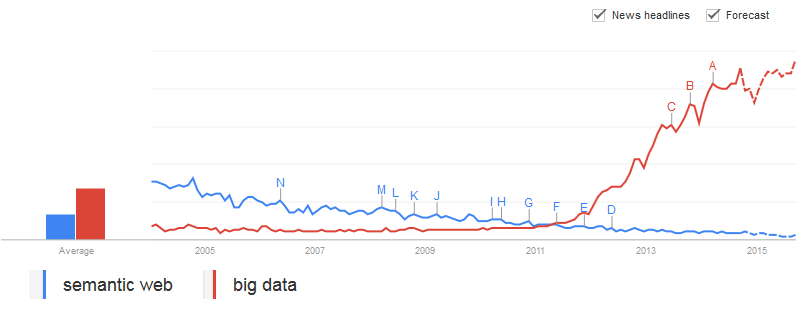Peg, the well-being indicator system for the community of Winnipeg, recently won the international Community Indicators Consortium Impact Award, presented in Washington, D.C. on Sept. 30. Peg is a joint project of the United Way of Winnipeg (UWW) and the International Institute for Sustainable Development (IISD). Our company, Structured Dynamics, was the lead developer for the project, which is also based on SD’s Open Semantic Framework (OSF) platform.

Peg is an innovative Web portal that helps identify and, on an ongoing basis, track indicators that relate to the economic, environmental, cultural and social well-being of the people of Winnipeg. Datasets may be selected and compared with a variety of charting and mapping and visualization tools at the level of the entire city, neighborhoods or communities. All told, there are now more than 60 indicators within Peg ranging from active transportation to youth unemployment rates representing thousands of individual records and entities. We last discussed Peg upon its formal release in December 2013.
Congratulations to all team members!






